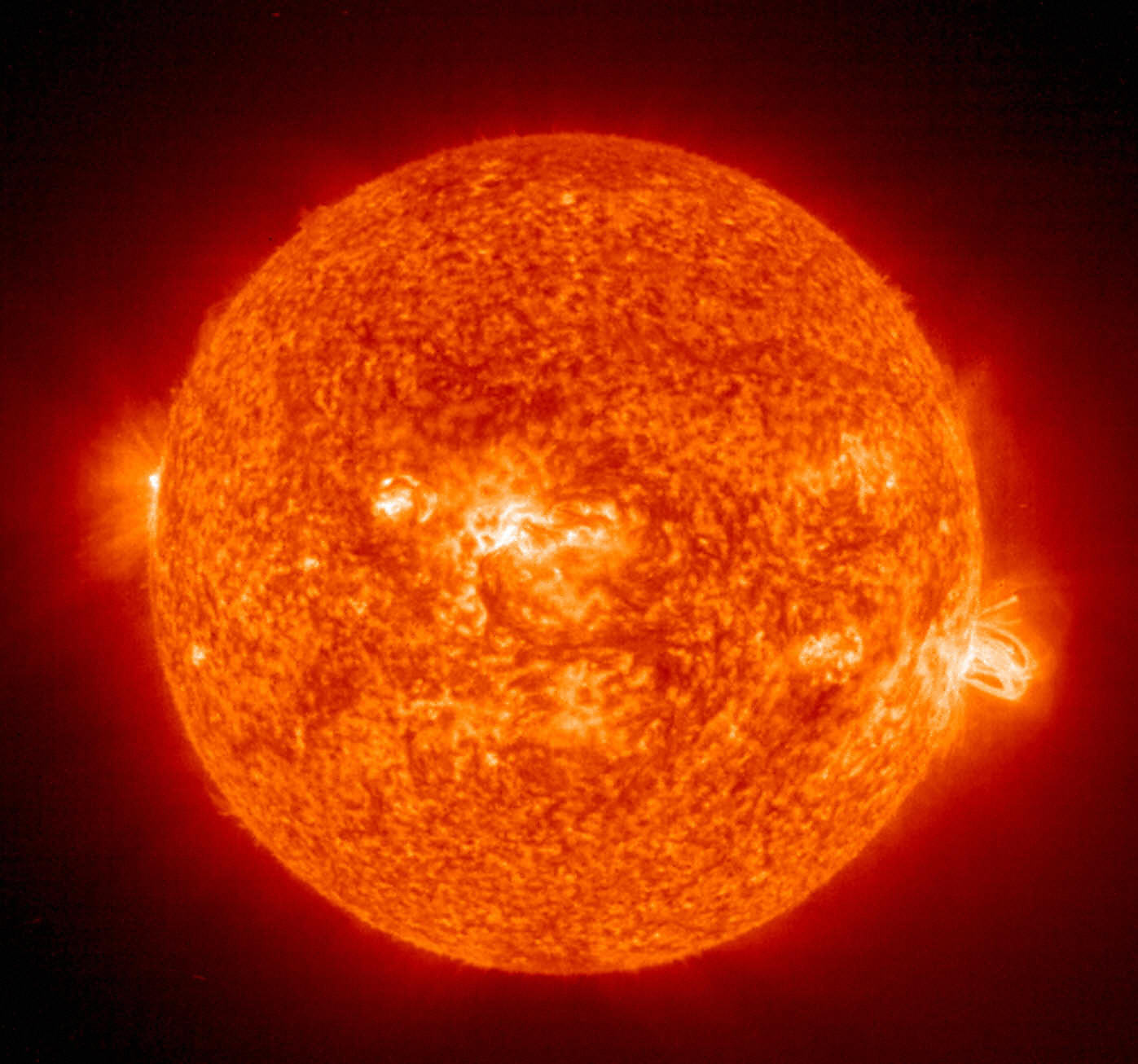Tag Archives: solar flares
NASA and ESA share the closest images ever taken of the Sun
NASA ramps up its efforts to understand space weather
 This week, NASA selected three proposals for missions that could help us better understand the Sun-driven space weather that occurs near Earth. Space weather, like solar flares, can impact spacecraft and astronauts, and it has the potential to disabl...
This week, NASA selected three proposals for missions that could help us better understand the Sun-driven space weather that occurs near Earth. Space weather, like solar flares, can impact spacecraft and astronauts, and it has the potential to disabl...
NASA will study solar weather in two new missions
 Solar winds are no threat to people on Earth, but can pose a danger to astronauts and spacecraft. NASA has selected two new missions that aims to better our understanding of how the Sun drives extreme space weather. The first mission, Polarimeter to...
Solar winds are no threat to people on Earth, but can pose a danger to astronauts and spacecraft. NASA has selected two new missions that aims to better our understanding of how the Sun drives extreme space weather. The first mission, Polarimeter to...
IBM cluster powers Murchison Widefield Array’s radio telescope, answers mysteries of the universe faster than ever (video)
Radio telescope operators have as much of a problem coping with the avalanche of data as getting that information in the first place. The Victoria University of Wellington is all too aware and is leaning on IBM for a powerful (if very tongue-tying) iDataPlex dx360 M3 compute cluster to sift through the deluge at the upcoming Murchison Widefield Array. Combined, the 4,096 array antennas probing deep space and solar atmospherics will have the Xeon-based cluster tackling signal data to the tune of 8GB per second, and about 50TB per day -- that's a Nexus 7's worth of astronomy faster than you can sneeze, folks. A 10Gbps network connection will feed the results to Perth to save scientists a roughly 435-mile trek. Construction is still in mid-stride, but the $51 million Australian ($52.2 million US) being spent on the Murchison array may be worthwhile if it helps solve the riddles of star formation and solar flares.
Filed under: Science
IBM cluster powers Murchison Widefield Array's radio telescope, answers mysteries of the universe faster than ever (video) originally appeared on Engadget on Tue, 24 Jul 2012 20:54:00 EDT. Please see our terms for use of feeds.
Permalink Ubergizmo |
Ubergizmo |  Murchison Widefield Array (Facebook) | Email this | Comments
Murchison Widefield Array (Facebook) | Email this | Comments ‘Extreme’ class solar flare heading toward Earth, hopefully bringing nothing but auroras
Yesterday, a solar flare set off from the sun, launching a coronal mass ejection (CME) heading toward Earth, and it's set to make an appearance in our fair skies this Saturday. While the wave of charged particles headed our way is much weaker than the most powerful solar flares (like the X28+ gust from 2003), it ranks in the extreme (X) class, and it's already caused a wave of UV radiation that interfered with radio signals, not to mention an uptake in solar protons swarming around Earth. According to SpaceWeather.com, the flare could cause some geomagnetic storms, which could endanger satellites and astronauts in space in addition to possibly interfering with communication signals. That (relatively minor) risk aside, those of you living up north could be in for a pretty sweet light show, so check the skies for the aurora borealis.
Filed under: Science
'Extreme' class solar flare heading toward Earth, hopefully bringing nothing but auroras originally appeared on Engadget on Fri, 13 Jul 2012 16:57:00 EDT. Please see our terms for use of feeds.
Permalink The Register |
The Register |  SpaceWeather.com | Email this | Comments
SpaceWeather.com | Email this | Comments 
